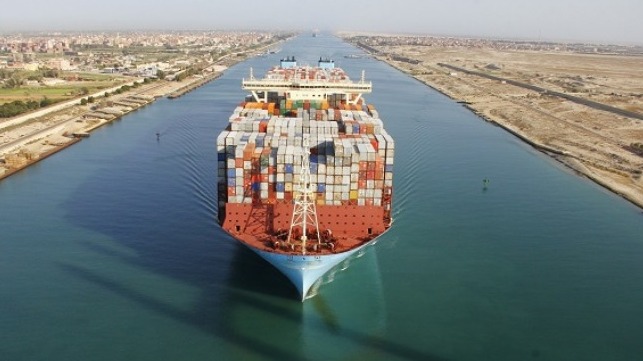Developments of the Suez Canal
Suez Canal is the one of world’s famous and easiest trade routes for the sea freight forwarding industry. Its operation began in 1869. Until the beginning of the 21st century, there was almost no alternative to the shortest sea transportation route for the cargo ships from Europe to the Asia Pacific region. The Egyptian authorities and Suez Canal Authority had no reason to worry about their financial future of this main transport corrido as it provides a massive range of facilities for the cargo ships like, with the time the authorities eliminated the reverse movements of cargo ships along the Suez Canal in both directions, increased the sizes of the vessels up to capsize and up to 97-100 passes per day.
Upgrades conducted in the cross-functional areas of the Suez Canal
There were remarkable developments of the Suez Canal in the cross-functional areas in order to increase the usage of the canal by the cargo ships. Previously, the canal was 164 km long and 8m deep. With the upgrades, it is 193.30 km long and 24 m deep and 205 meters wide. The Suez Canal consists of northern access channel and southern access channel which are 22km and 9 km long respectively. The new Suez Canal which started its operations on 6th August 2015. It has a new parallel canal in the middle with over 35 km in length.
However, the current parameters of the Suez Canal (both individual canals of the parallel sections) include 23-24 meters depth, 205-225 meters of width, and 11 meters of depth. The canal allows cargo ships that are undergoing the parameters of the Suez Canal; 20 m draft or 240,000 deadweight tons, 68 m height above water level, and 77. 5 m of the maximum beam. When compared to Panamax and New Panamax canals, Suez Canal can handle a greater range of cargo ships under certain conditions.
Enlargement of the passing bay
At the very beginning stage of the canal operations, it consisted of a channel barely 8 m deep, 22 m wide at the bottom, and 61-91 m wide at the surface. But later there was a need to pass two ships each other in the canal. So that, to allow ships to pass each other, the passing bays were enlarged every 8 to 10 km. All those mentioned dimensions of the Suez Canal can cover a wider range of cargo ships and allow more cargo ships to pass by the canal.

As we all aware, cargo ships can be categorized based on the type of cargo; bulk cargo, break-bulk cargo, liquid bulk cargo, dry bulk cargo, and containerized cargo. The below-attached picture shows the percentages of the capacity of cargo ships that can be handled by the canal parameters. There are around 50 ships that pass through the Suez Canal each day that are carrying the above-mentioned cargo types.

| Author: Chameli Thavisha Undergraduate BSc. in Logistics Management |







